Navigating intersections—especially four-way stops—can be a major source of confusion and frustration for many drivers. These crossings often require quick decision-making, patience, and a solid understanding of right-of-way rules. Without clear habits and awareness, they can become chaotic and unsafe. Fortunately, learning the basic rules and developing consistent, courteous driving habits can make a big difference. This guide offers practical advice for drivers to handle four-way stops more confidently, reduce stress, and improve safety for everyone sharing the road.
Understanding the Basics
Four-way intersections may seem overwhelming at first due to their size and complexity, but they’re actually designed to keep traffic flowing in an orderly and safe manner. These intersections typically use stop signs or traffic lights to manage the flow of vehicles. Every driver is required to stop, and right-of-way is generally determined by the order of arrival. Knowing 4-way intersection rules in Australia can help. It’s a fair system that prioritises safety, helping to prevent chaos or collisions caused by drivers rushing through like it’s a race.
Right-of-Way Rules
It’s a critical choice to decide who goes first. In general, the first vehicle to arrive at an intersection goes first. Generally, when two or more vehicles reach an intersection simultaneously, the car on the right goes first. This rule is used to help avoid confusion and allows for the most natural operation of traffic.
Patience and communication can help when drivers are unsure or become confused. Eye contact or a hand signal can further clarify intent and ensure everyone is on the same page to move safely.
Approaching with Caution
Approaching an intersection requires vigilance. Watch out, this means you need to slow down and come to a complete stop. Monitoring the movement of vehicles in all directions allows us to anticipate the reaction of other drivers. The prediction is important to avoid abruptly stopping or moving.
Pedestrian checks are just as necessary. There are also crosswalks at many intersections, and pedestrians have the right-of-way at all times. Making sure they are safe should come first, which is good driving etiquette and against traffic rules.
Communication is Key
Communication improves intersection safety. Indicator signals of intent are a must. For example, take an early decision to turn either left or right as well, since these are the basic driving maneuvers that others can observe and adjust their drive accordingly.
Besides signaling, having a good glimpse at other drivers’ signals also gives key information on where they are heading next. This knowledge of each other working together keeps the driving experience contained, and the chances of crashes decrease.
Handling Uncontrolled Intersections
In a 4-way intersection, it may not be immediately apparent that you have to stop or slow down. In these instances, the same principles apply but with further caution. Motorists must reduce their speed to a crawl and only move through as long as the way is clear. The rule to yield to vehicles that are already within the intersection, and which approach from the right, remains very important.
Uncertain situations demand greater tolerance. Drivers are urged not to rush and to keep an eye out for unexpected shifts in traffic.
Managing Stress and Distractions
An intersection can be an aggressive experience, particularly in a bustling area. Taking control of stress means keeping yourself calm and composed. Minimise distractions, Such as mobile devices or music that can take your mind off the road.
Maintain composure through deep breathing or self-affirmation. Being calm helps you make better decisions and helps with safer driving overall.
Adapting to Different Conditions
Safety at intersections can be influenced by the weather and time of day. Visibility can be impaired by rain, fog, or darkness. In these situations, it is smart to slow down and increase the distance between yourself and other vehicles. Using headlights properly means that other drivers will have a clear view of your vehicle.
Recognising these factors and modifying driving appropriately will improve safety for all road users.
Consistency and Gradually Getting Better
As with all driving skills, the only way to master the four-way intersection is repetition. Exposure to the different intersection forms will help boost confidence and decision-making. Looking back on previous experiences may show points where you need to improve, allowing you to grow as a driver.
You can also sign up for advanced driving courses or workshops to fine-tune your skills. Such programs typically offer practical recommendations and simulate difficult situations, preparing drivers for different circumstances.
Conclusion
Crossing four-way intersections, like many aspects of driving, requires knowledge, patience, and clear communication. By understanding right-of-way rules, approaching with caution, and adjusting to road conditions, drivers can navigate these intersections more smoothly and safely. With consistent practice and a focus on safety, these crossings can become some of the least intimidating parts of the road. This guide is designed to help Australian drivers build confidence and develop the skills needed to handle four-way stops responsibly and with ease.

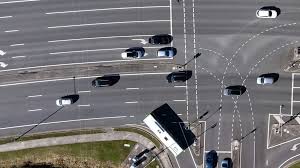

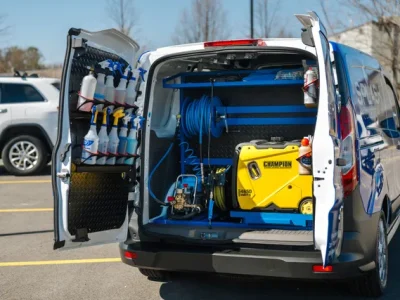
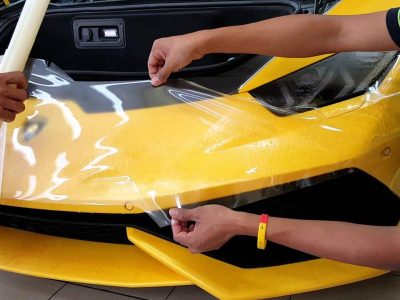
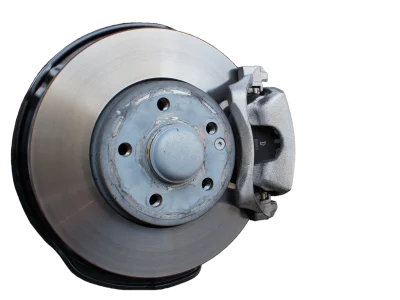

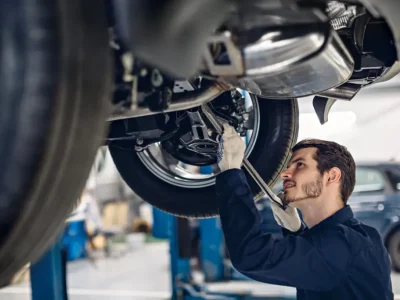





Comments